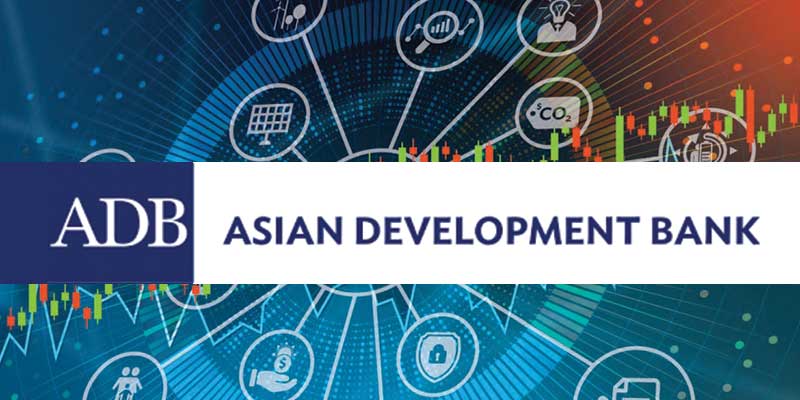- India
- Sep 12
India, ADB ink $126 million loan agreement to promote tourism in Uttarakhand
• India and the Asian Development Bank (ADB) signed a $126.42-million loan agreement to promote rural development through sustainable tourism in the Tehri Lake region of Uttarakhand.
• The project aims to benefit over 87,000 residents and 2.7 million annual visitors through improved tourism planning, upgraded infrastructure, enhanced sanitation and waste management, and disaster preparedness.
• The project targets the Tehri Garhwal District, one of Uttarakhand’s most climate-vulnerable and economically disadvantaged regions.
• The region faces increasing risks from natural hazards such as drought, fire, and floods, along with high rates of out-migration.
• The project is aligned with ADB’s Country Partnership Strategy 2023–2027 for India, which prioritises rural development through tourism, private sector engagement, and climate-resilient infrastructure and services.
• The project showcases a model for sustainable tourism anchored around a hydropower lake by adopting a multi-sector approach to generate jobs, diversify income, and build climate resilience.
• Through the project, key interventions would include institutional strengthening, climate-resilient infrastructure, nature-based solutions to mitigate landslide and flood risks, and inclusive tourism services led by women, youth, and the private sector.
Asian Development Bank
• The Asian Development Bank (ADB) envisions a prosperous, inclusive, resilient, and sustainable Asia and the Pacific, while sustaining its efforts to eradicate extreme poverty in the region.
• From 31 members at its establishment in 1966, ADB has grown to encompass 69 members — of which 50 are from within Asia and the Pacific and 19 outside.
• ADB assists its members, and partners, by providing loans, technical assistance, grants, and equity investments to promote social and economic development.
• ADB maximises the development impact of its assistance by facilitating policy dialogues, providing advisory services, and mobilising financial resources through co-financing operations that tap official, commercial, and export credit sources.
• Committed to pursue a differentiated approach for states at different stages of development, ADB prioritises projects on basic services, critical infrastructure and services, institutional strength, and private sector development through sovereign operations in low-income states.
• Support for more developed states focuses on transformational programmes with policy and knowledge advice, combined with non-sovereign operations.
History of ADB
• ADB was conceived in the early 1960s as a financial institution that would be Asian in character and foster economic growth and cooperation in one of the poorest regions in the world.
• A resolution passed at the first Ministerial Conference on Asian Economic Cooperation held by the United Nations Economic Commission for Asia and the Far East in 1963 set that vision on the way to becoming reality.
• The Philippines capital of Manila was chosen to host the new institution, which opened on December 19, 1966, with 31 members that came together to serve a predominantly agricultural region. Takeshi Watanabe from Japan was ADB’s first president.
ADB and India
• India was a founding member of ADB in 1966 and fourth largest shareholder.
• ADB started operations in India in 1986.
• As of December 31, 2024, ADB has committed 655 public sector loans, grants, and technical assistance totaling $59.5 billion to India. ADB’s current sovereign portfolio in India includes 78 loans worth $16.23 billion.
• ADB committed financing worth $4.25 billion for 21 projects in 2024 to support the government of India in catalysing robust, climate-resilient, and inclusive growth.
• ADB’s financing for mitigation and adaptation in the country totaled $2.55 billion or about 60 per cent of the bank’s sovereign commitments in the country for the year.
• Over 38 per cent of committed financing in 2024 are expected to enable private sector development in India.

